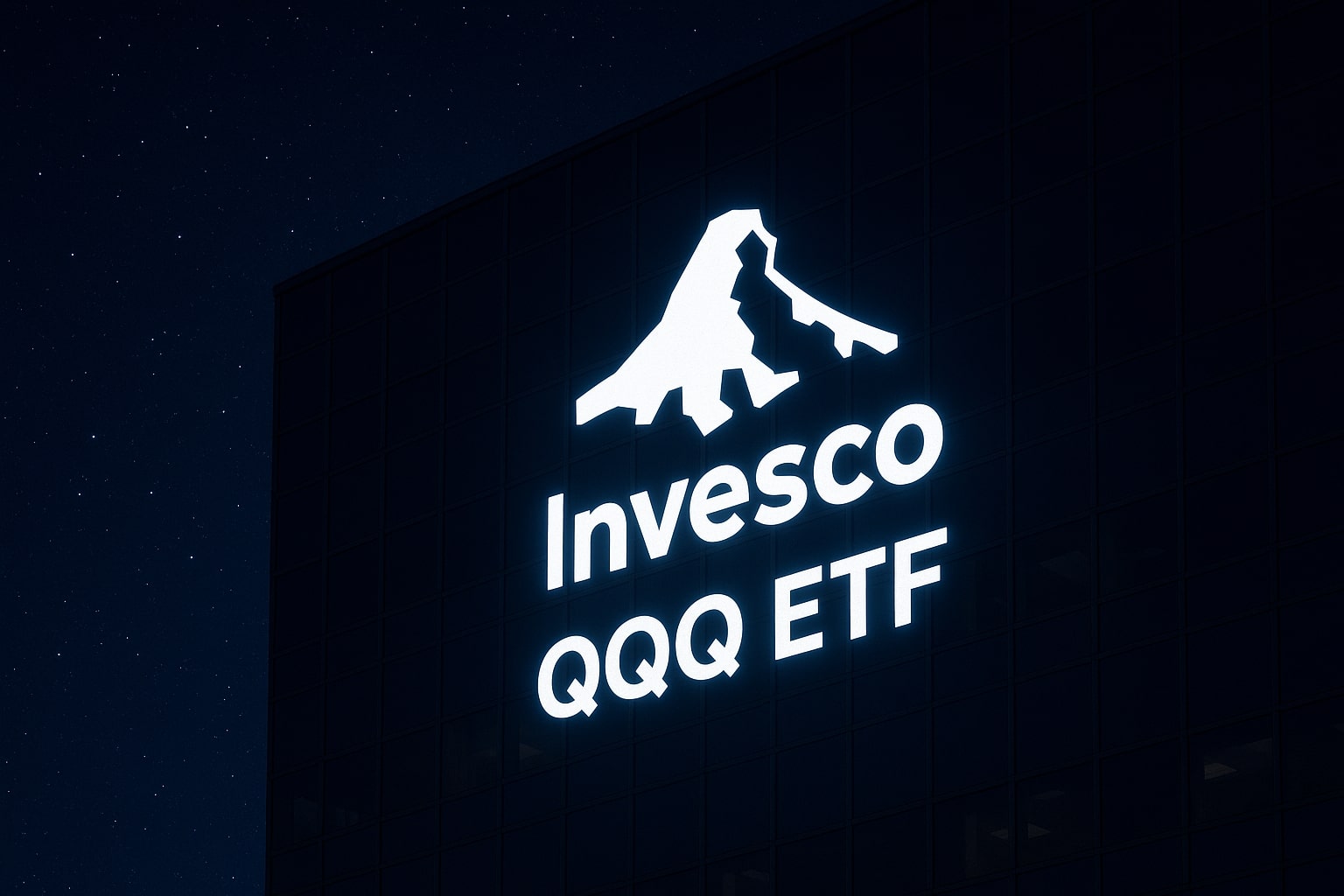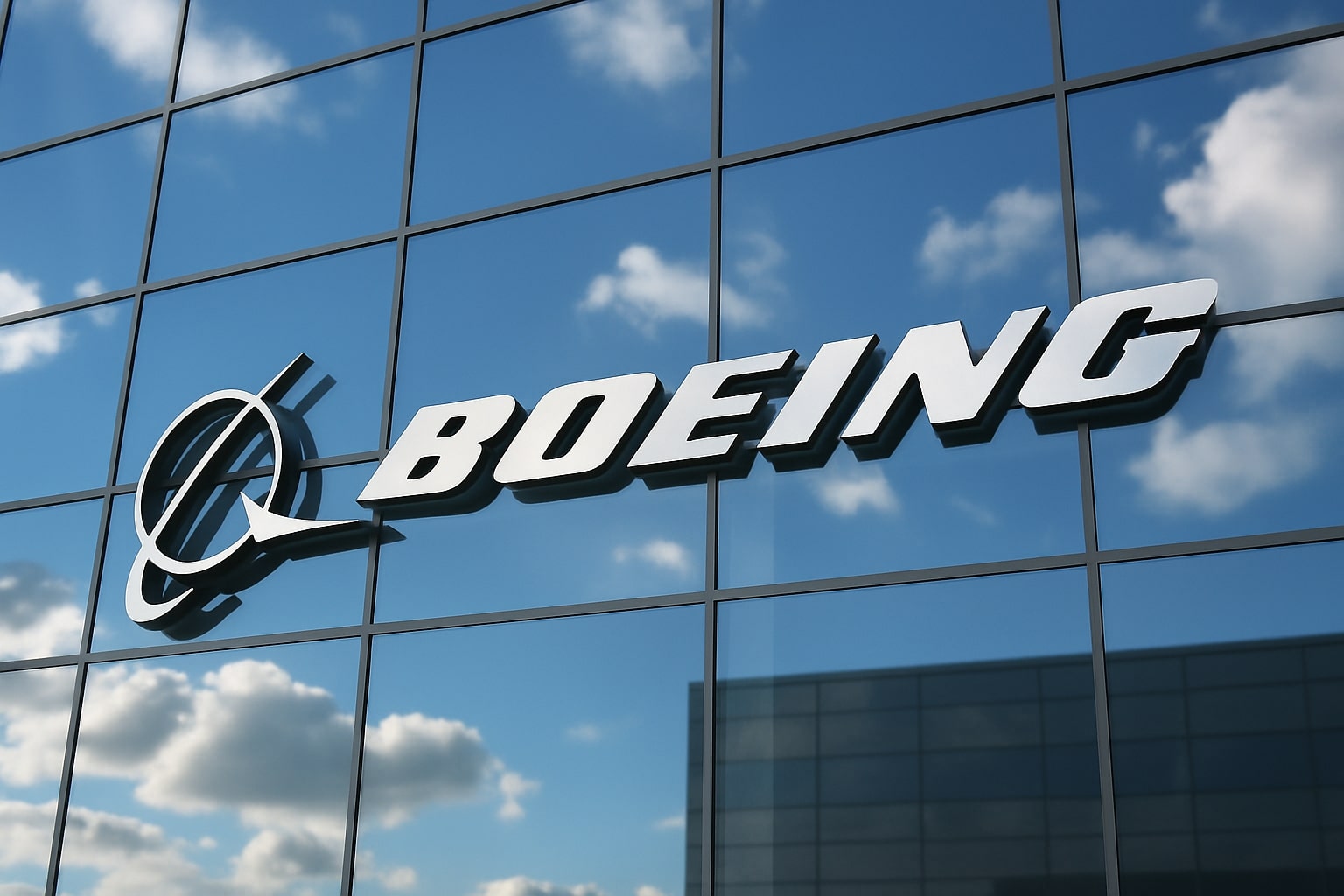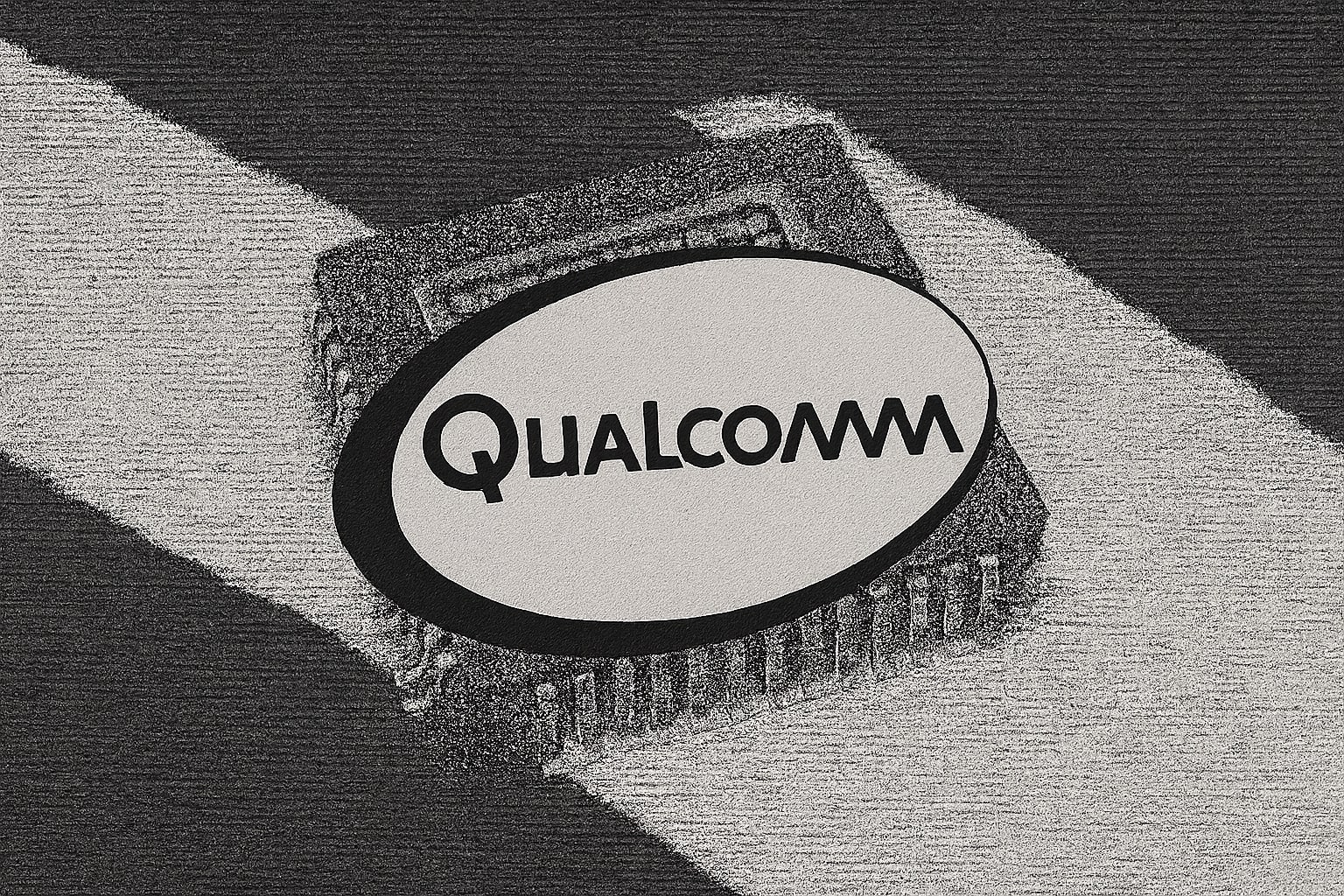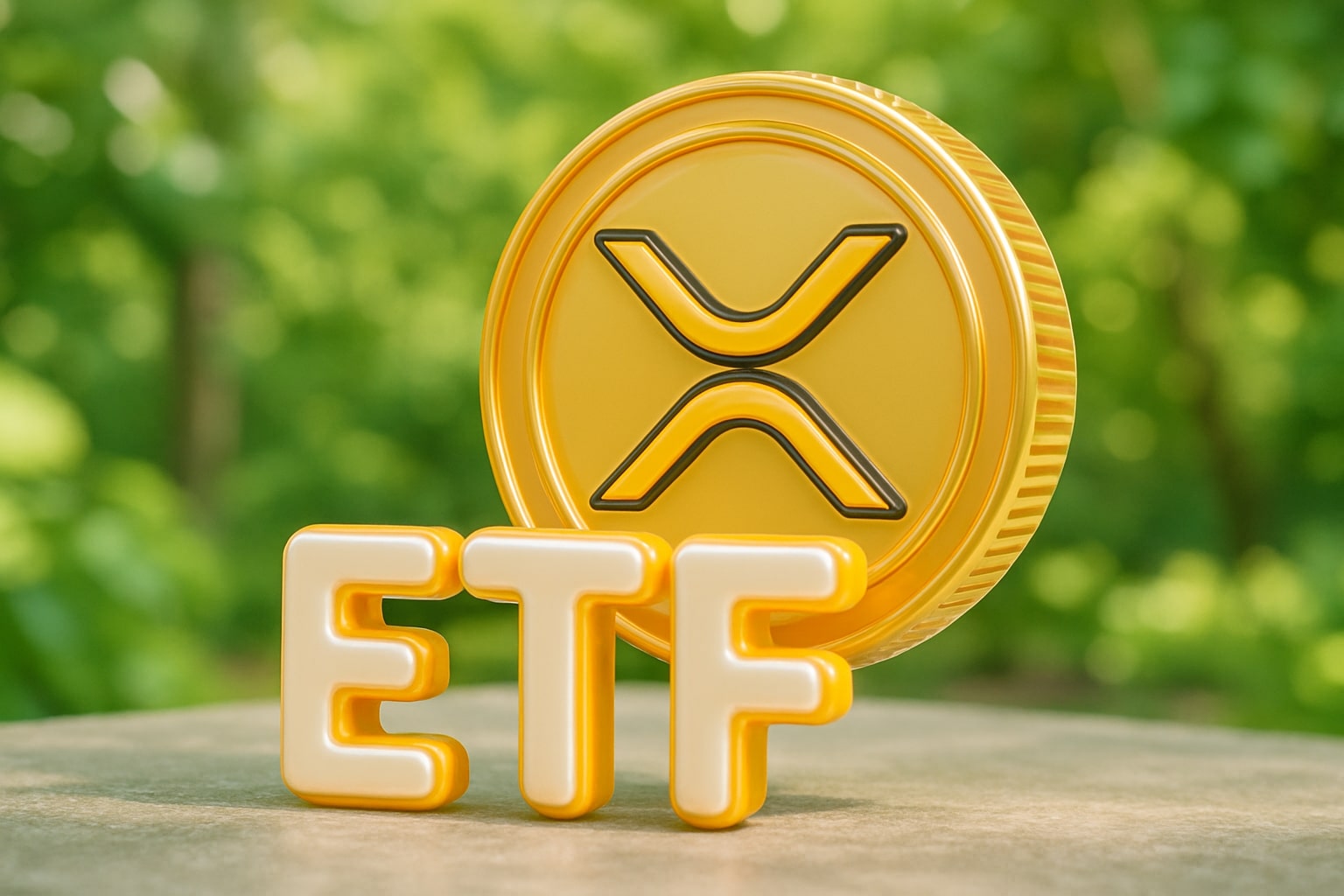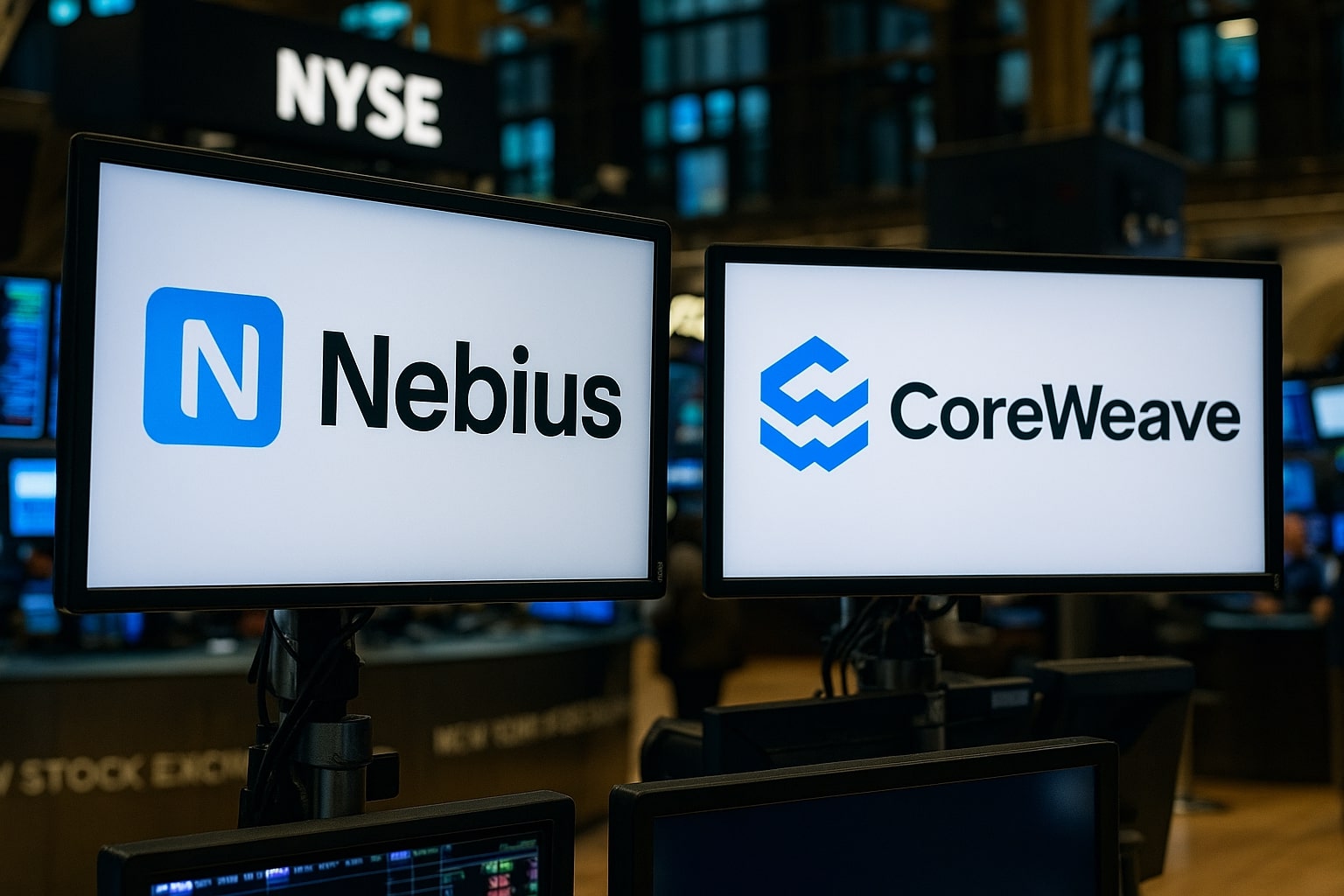
CoreWeave Stock (CRWV) vs. Nebius Stock (NBIS): $30B Backlog Meets $17B Microsoft Pact – Which AI Stock Wins at $120 vs. $107?
CoreWeave’s Nvidia-backed contracts and 62% EBITDA margin clash with Nebius’ explosive 673% rally and multi-year Microsoft partnership — investors must weigh debt vs. growth to decide the real AI infrastructure leader | That's TradingNEWS
CoreWeave (NASDAQ:CRWV) vs. Nebius (NASDAQ:NBIS): A Deep AI Infrastructure Stock Comparison
Read More
-
QQQ ETF at $614 After a 123% Surge: AI, Rates and 2026 Targets In One Trade
12.12.2025 · TradingNEWS ArchiveStocks
-
XRP ETF Surge: XRPI $11.71 and XRPR $16.55 Track XRP’s $2 Floor and $1B Inflows
12.12.2025 · TradingNEWS ArchiveCrypto
-
Natural Gas Price Forecast: NG=F Clings to $4.12 Support After Weather Shock
12.12.2025 · TradingNEWS ArchiveCommodities
-
USD/JPY Price Forecast – Dollar to Yen Back at 156 as Fed Cut and BoJ Liftoff Collide
12.12.2025 · TradingNEWS ArchiveForex
Competitive Positioning and Ecosystem Dependence
CoreWeave’s ecosystem dominance is tied heavily to Nvidia (NASDAQ:NVDA). The company has effectively become Nvidia’s infrastructure proxy, with the backstop agreement ensuring that any unused GPU inventory gets monetized by Nvidia directly. This symbiotic structure both de-risks utilization and underscores CoreWeave’s dependence on Nvidia’s long-term roadmap. Should Nvidia shift its strategic priorities—whether through direct hyperscaler engagement or capacity expansion at alternative partners—CoreWeave’s backlog visibility could compress. Still, having OpenAI, Cohere, and Toyota under contract demonstrates its ability to diversify across both AI foundation models and enterprise customers.
Nebius, meanwhile, is strategically narrower but geopolitically leveraged. Its $17.4B take-or-pay contract with Microsoft (NASDAQ:MSFT) guarantees top-line expansion but also concentrates counterparty risk. The broader pipeline includes deals with Shopify and Cloudflare, but none approach the scale of the Microsoft anchor. For Nebius, the bet is simple: ride hyperscaler adoption of AI infrastructure, scale from 185 MW installed capacity to 1.2 GW by 2027, and capture Europe’s push to localize AI compute. That geographic positioning is critical—Nebius benefits from regulatory tailwinds as the EU seeks independence from U.S. cloud oligopolies.
CapEx Strategy and Infrastructure Scale
CapEx intensity remains a core differentiator. CoreWeave’s aggressive $10+ billion annualized capital spending on GPU clusters and data center expansion has strained cash flows, forcing heavy debt issuance at high coupons. In Q2 2025, free cash flow was -$2.7B, underscoring the cost of hyperscale capacity. Yet the $30.1B backlog gives cover for the spending, with half of it set to convert inside 24 months, ensuring rapid payback if demand holds.
Nebius’ capex ramp is smaller in absolute dollars but just as aggressive relative to its base. Scaling from 185 MW today to 1.2 GW in 2027 will require multi-billion investments. The firm is targeting capacity expansion in modular phases, leaning on hyperscaler prepayments and contract financing. Unlike CoreWeave’s debt-heavy model, Nebius has the advantage of front-loaded Microsoft financing, easing near-term liquidity risk. However, execution risk remains high, as any delay in facility buildouts could jeopardize its ability to hit the $11.3B revenue forecast by 2027.
Financial Risk and Leverage Dynamics
CoreWeave’s leverage is a critical fault line. With a debt-to-equity ratio of 381% and interest expenses projected at $185M annually, the company is structurally dependent on cheap access to capital markets. Rising yields or a cooling AI demand curve would leave CoreWeave exposed. While adjusted EBITDA margins of 62% highlight operating strength, the net loss of -$290M in Q2 2025 shows that profitability remains elusive under GAAP.
Nebius operates with a comparatively lighter balance sheet, relying on contractual guarantees and equity inflows rather than high-coupon debt. Its concentration risk is the mirror image of CoreWeave’s financial leverage—safer on liquidity, riskier on customer diversification. With revenue expected to rise from $536M in 2025 to $3.3B in 2026, then to $11.3B in 2027, Nebius must maintain flawless contract execution. A single renegotiation could materially alter its growth curve.
Market Valuation Multiples and Forward Compression
CoreWeave trades at $120.34, giving it a $59.58B market cap. That equates to 16.7× trailing sales, falling to 5.4× 2026 sales and 3.7× 2027 sales if backlog converts as modeled. This steep multiple compression reflects investor confidence that execution risk is contained by Nvidia’s contractual backstop. However, with 12.6% of float sold short, skepticism about its leverage and capital intensity is real.
Nebius, priced at $110.56, has seen a 673% gain over 12 months and 299% YTD surge. While forward multiples look extreme based on 2025 revenue of $536M, they collapse rapidly if the company delivers $11.3B by 2027, putting it in the same valuation conversation as CoreWeave today. Hedge funds see Nebius as the earlier-cycle play, effectively a leveraged bet on Microsoft’s AI ambitions.
Trading Dynamics and Market Sentiment
Liquidity and float dynamics diverge sharply. CoreWeave’s 25.8% insider ownership and 53.6% institutional stake leave a thin float, exaggerating volatility on both sides. Its short interest of 12.6% suggests investors are hedging aggressively against execution or liquidity shocks. Nebius has leaned more toward institutional inflows, with hedge funds positioning it as a high-beta AI exposure. Insider accumulation in recent quarters adds credibility, but with lockups expiring, the stock could see turbulence similar to early post-IPO CoreWeave.
Comparative Outlook: CoreWeave (CRWV) vs. Nebius (NBIS)
CoreWeave (NASDAQ:CRWV) is the established AI infrastructure pure-play, operating at scale with $3.53B TTM revenue, a $30.1B backlog, and anchor contracts with Nvidia and OpenAI. Its 62% adjusted EBITDA margin proves operating leverage, but the 381% debt-to-equity ratio and -$2.7B free cash flow burn make it a leveraged bet on flawless execution. Valuation at 16.7× trailing sales compresses rapidly as backlog converts, but short interest of 12.6% highlights skepticism. CoreWeave is a Hold, with upside tied to balance-sheet discipline.
Nebius (NASDAQ:NBIS) is the earlier-cycle disruptor, up 673% in 12 months, with revenue projected to leap from $536M in 2025 to $11.3B by 2027. Its $17.4B take-or-pay contract with Microsoft de-risks utilization, while its capacity expansion to 1.2 GW by 2027 positions it as Europe’s AI infrastructure leader. Concentration risk is real—Microsoft is the growth engine—but the forward curve on revenue compresses valuation multiples at lightning speed. Nebius is the Buy, offering higher torque and better relative balance sheet strength.
Bottom line: CoreWeave is the safer incumbent with Nvidia’s backing, but overleveraged. Nebius is the speculative, high-beta growth play where the risk/reward skew is superior. For investors willing to embrace volatility, Nebius (NBIS) is the stronger buy today.














